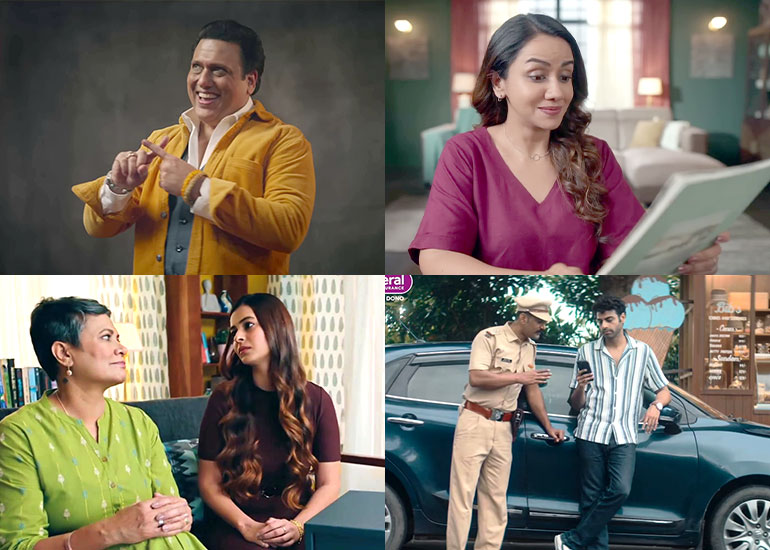The era of ultra-short ads is here—snappy, seconds-long ads, that are redefining how marketers engage with their audiences. Gone are the days where introducing a product or service required novel & elaborate narratives, and long-scripts. Today, we can discover a financial tool simply by watching a short video shared by institutions like SBI General Insurance, or launch a campaign like CRED’s ‘Not Everyone Gets It,’ – bite-sized videos that relay the brand message for the entire series. Such short ads, designed to deliver powerful, memorable messages in the blink of an eye, are becoming a go-to strategy for brands looking to connect with its consumers effectively. As brands continue to explore this bite-sized approach, the question arises: can less really be more in the world of advertising? Anika Agarwal, Chief Marketing and Customer Experience Officer, Orient Electric, opines, “With attention spans getting shorter and digital clutter everywhere, many brands are turning to short and ultra-short, engaging ads to swiftly capture the audience’s interest. We at Orient Electric, utilise these impactful ads particularly for performance marketing, where we want to focus on quick insights for customers, or 1-2 key product benefits.”
Anika Agarwal, Chief Marketing and Customer Experience Officer, Orient Electric, opines, “With attention spans getting shorter and digital clutter everywhere, many brands are turning to short and ultra-short, engaging ads to swiftly capture the audience’s interest. We at Orient Electric, utilise these impactful ads particularly for performance marketing, where we want to focus on quick insights for customers, or 1-2 key product benefits.”
The rise of short ads is deeply rooted in evolving consumer behaviour and cultural shifts. With the democratisation of social media, smartphones, and internet access, consumers increasingly prefer content that is quick, convenient, and easy to consume. This trend aligns with the growing need for self-expression, where people use social media to share their opinions, talents, and identities, despite limited resources for creating high-quality content.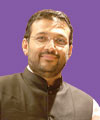 Ashish Nair, Chief Marketing Officer and Head – Customer Value Management and Health Tech, Kotak Mahindra Life Insurance, says that the desire to connect with like-minded individuals globally, the hunger for rapid information, and shrinking attention spans further fuel the demand for short, impactful content. “On the supply side, social media platforms have adapted their algorithms to reward short-form content, and technologies like AI thrive in this format, making it easier to personalise and distribute content cost-effectively. The convergence of these consumer demands and technological advancements has driven the widespread adoption of short ads,” he adds.
Ashish Nair, Chief Marketing Officer and Head – Customer Value Management and Health Tech, Kotak Mahindra Life Insurance, says that the desire to connect with like-minded individuals globally, the hunger for rapid information, and shrinking attention spans further fuel the demand for short, impactful content. “On the supply side, social media platforms have adapted their algorithms to reward short-form content, and technologies like AI thrive in this format, making it easier to personalise and distribute content cost-effectively. The convergence of these consumer demands and technological advancements has driven the widespread adoption of short ads,” he adds.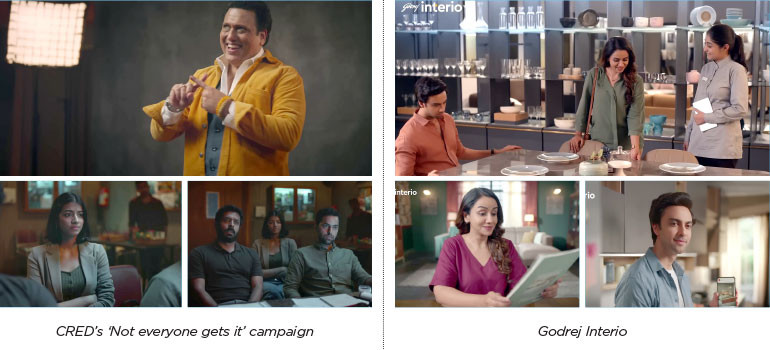
Acuvue, a contact lens brand, discovered through a survey that many people had misconceptions about contact lenses, such as concerns about photophobia, safety, and daily wearability. To address these myths, they launched a campaign #AcuvueSePoochho featuring Ranveer Singh. This effort effectively dispelled these fears regarding their product. The campaign, driven by research insights, successfully transformed these insights into a paid campaign that boosted walk-ins.
Emotional storytelling and a strong storyline in the first 5 to10-seconds can keep viewers engaged for up to 30 to 40 seconds, even without famous faces. Music also plays a crucial role; an appealing track can hold attention despite many users muting their phones. However, most people tend to skip ads longer than 15-seconds unless the content is particularly compelling.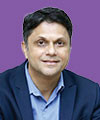 Shorter ads have significantly reduced costs, but an equally important factor is the efficiency of digital distribution. “By targeting specific audiences more precisely, total marketing expenses—including production and distribution—have dropped substantially. A targeted short-form campaign can now be run at around one-tenth the cost of traditional campaigns,” states Rathin Lahiri, Head Marketing & CSR, SBI General Insurance.
Shorter ads have significantly reduced costs, but an equally important factor is the efficiency of digital distribution. “By targeting specific audiences more precisely, total marketing expenses—including production and distribution—have dropped substantially. A targeted short-form campaign can now be run at around one-tenth the cost of traditional campaigns,” states Rathin Lahiri, Head Marketing & CSR, SBI General Insurance.
SBI General Insurance’s ‘The Super Health Insurance,’ 30-second ad, reached 61 lakh viewers, garnering 1.2 lakh engagements with an engagement rate of 1.96%. In contrast, the 10-second version reached 1.5 crore viewers, achieving 18 lakh engagements and an engagement rate of 12.4%.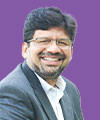 Talking about cost effectiveness, Pushkar Gokhale, EVP and Business Head, Godrej Security Solutions - Business of Godrej & Boyce, part of the Godrej Enterprise Group quips, “In terms of cost efficiency from amplification stand point, shorter videos enable us to reach 60 to 70% more viewers with improved frequency. This is achieved within the same video amplification budget that we may allot for longer format videos. While we haven’t reduced our overall advertising expenditure for videos, the use of shorter videos has enhanced our impact and effectiveness, providing greater value for our investment.”
Talking about cost effectiveness, Pushkar Gokhale, EVP and Business Head, Godrej Security Solutions - Business of Godrej & Boyce, part of the Godrej Enterprise Group quips, “In terms of cost efficiency from amplification stand point, shorter videos enable us to reach 60 to 70% more viewers with improved frequency. This is achieved within the same video amplification budget that we may allot for longer format videos. While we haven’t reduced our overall advertising expenditure for videos, the use of shorter videos has enhanced our impact and effectiveness, providing greater value for our investment.”
Creating a compelling message within a limited time frame poses significant challenges. One of the most prominent challenges is moving away from the traditional storytelling format, which typically involves building a narrative arc. Instead, a fresh and innovative approach is essential for shorter ads.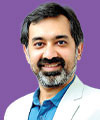 “What helps is a deeper understanding of the target audience especially their emotional drivers, to be able to retain the heart of the story and not devolve into a transactional message. To my mind that is the biggest challenge in short form ads and a big risk as well - because the temptation will always be to trim a few seconds. It can suck the life out of the story and advertising is all about impactful storytelling after all,” says Sumeet Bhojani, Head- Brand and Strategic Insights, Godrej & Boyce, part of the Godrej Enterprises Group.
“What helps is a deeper understanding of the target audience especially their emotional drivers, to be able to retain the heart of the story and not devolve into a transactional message. To my mind that is the biggest challenge in short form ads and a big risk as well - because the temptation will always be to trim a few seconds. It can suck the life out of the story and advertising is all about impactful storytelling after all,” says Sumeet Bhojani, Head- Brand and Strategic Insights, Godrej & Boyce, part of the Godrej Enterprises Group.
“Another challenge is maintaining brand consistency while adapting the message to fit the brief format and the platform requirements.” he added.
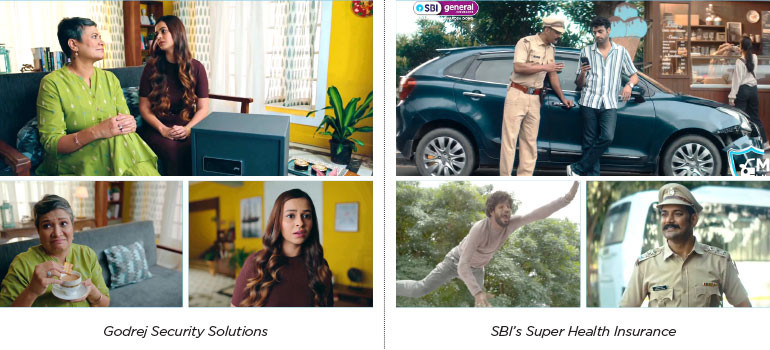
Ashish Nair notes that both ultra-short and long-form ads have distinct roles. Ultra-short ads are effective for brand recall and awareness, delivering core functional messages cost-effectively. “On the other hand, long-form ads are crucial for building brand love and engagement, especially during special occasions. At Kotak Life, we use short ads for product and service messages, while long ads focus on brand ethos and creating emotional connections. It’s important to balance both, as they serve different brand objectives and purposes,” he adds.
Sumeet Bhojani notes that there will always be a place for slightly longer ads that focus on storytelling and there is no substitute to telling authentic, human centric stories in an engaging manner that are rooted in insights.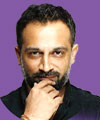 Though some believe that short ads are here to stay, Chirag Shah of Boch & Fernsh, believes the rise of ultra-short ads is likely a short-term trend because people buy emotions, not just products, and these small formats often sacrifice emotional storytelling. “In India, while acquiring customers is easy, retaining them is a challenge. As brands notice that the first-time buyers are not returning, they’ll see the need to build deeper connections through longer storytelling formats. This trend may shift as brands prioritise lasting emotional bonds over tactical, short-term advertising,” he shares.
Though some believe that short ads are here to stay, Chirag Shah of Boch & Fernsh, believes the rise of ultra-short ads is likely a short-term trend because people buy emotions, not just products, and these small formats often sacrifice emotional storytelling. “In India, while acquiring customers is easy, retaining them is a challenge. As brands notice that the first-time buyers are not returning, they’ll see the need to build deeper connections through longer storytelling formats. This trend may shift as brands prioritise lasting emotional bonds over tactical, short-term advertising,” he shares.
Like fashion, advertising trends go through cycles. While short ads are currently popular, brands may soon recognize that without a strong narrative, their emotional connection with consumers could weaken. Alternatively, there might emerge a healthy balance between short, impactful ads and longer, narrative-driven content.




